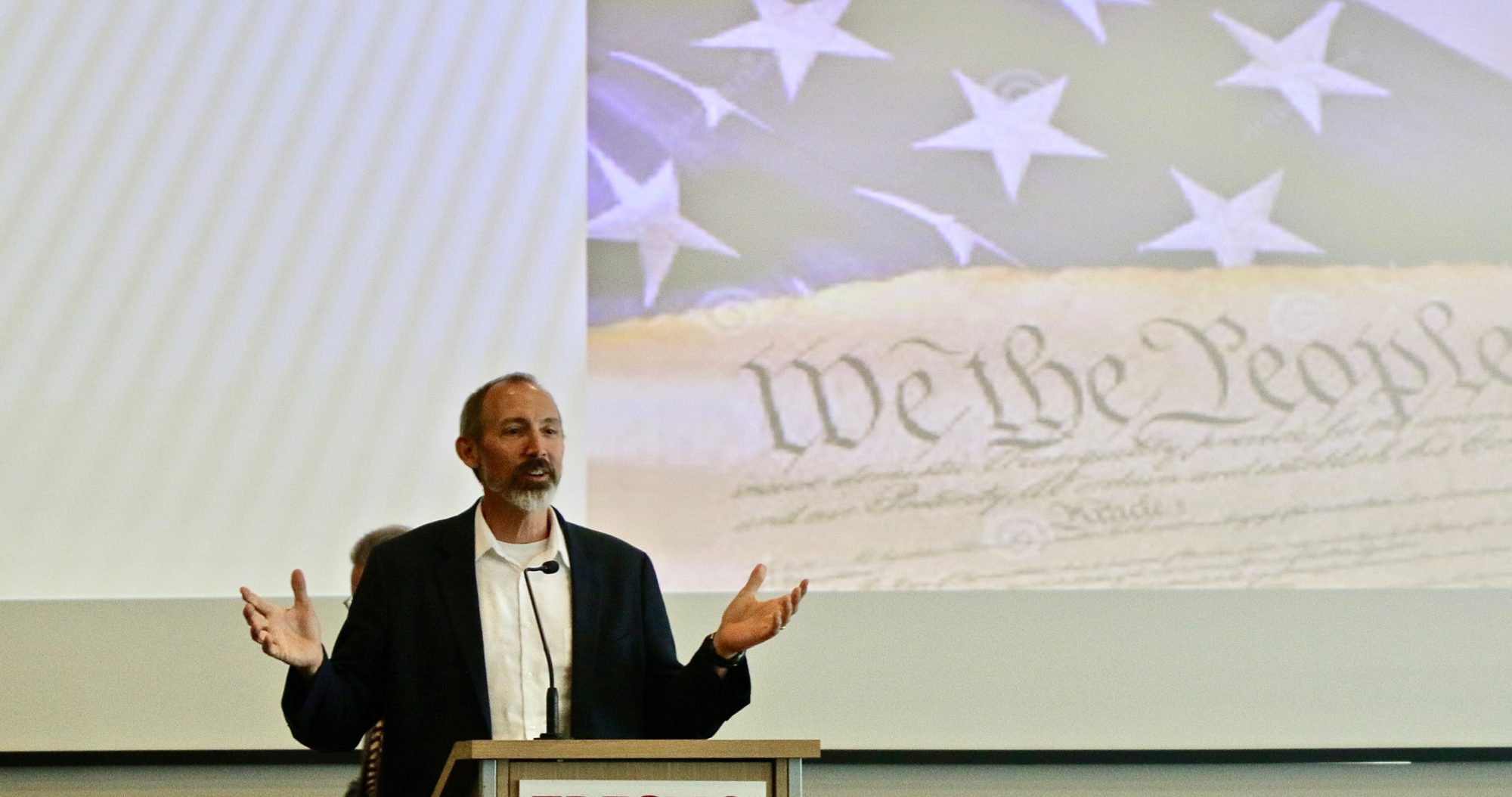Fiala on ethics: From wild boar dung to steroids, athletes cheat
By Andrew Fiala
Fresno Bee, Friday, Jan. 25, 2013 | 05:30 PM
It’s been a bad month for cheaters and liars in sports.
Lance Armstrong confessed to doping. Steroid-using baseball superstars were kept out of the Hall of Fame. And we learned that Notre Dame football star Manti Te’o was caught up in an elaborate hoax.
Fraud and mendacity are as old as athletic competition. Homer’s “Iliad” recounts cheating in a chariot race. Ancient charioteers also sought assistance from performance enhancers. Wild boar dung boiled in vinegar was one preferred potion. The emperor Nero even took the stuff, looking for a competitive edge. When Nero “competed” he won every event — in a falsified Olympiad set up to please his own vanity.
I discussed the recent athletic hogwash with Andrew Marden, the weekend sports anchor for KGPE (Channel 47). From Marden’s perspective, one of the biggest problems is the presence of big money in sports. Monetary rewards will tempt vainglorious and greedy athletes to cheat. The money spreads to the team, the agents and the league itself. The more an athlete wins, the more money everyone makes, tempting the organization to look the other way.
Marden also pointed out that we love stories of athletes overcoming adversity. We admire Te’o’s tenacity after his girlfriend’s death. We celebrate Armstrong’s ability to “live strong” after cancer. The narrative crumbles when we discovered that Te’o’s girlfriend never existed and Armstrong’s athletic performance was drug-assisted.
These stories become classically tragic when the conceited cheaters get their comeuppance. We like that part of the story, too: It satisfies our desire for vindication.
There’s a kind of relief that Barry Bonds and Roger Clemons weren’t voted into the Hall of Fame. And many are hoping that Armstrong’s confession to Oprah will lead to further repercussions.
Marden pointed out that public shame and moralistic requital is a weak punishment for a millionaire. Indeed, shameful misdeeds don’t seem to diminish an athlete’s earning potential. Consider Melky Cabrera, the baseball star who was given a 50-game suspension last summer for doping. Cabrera missed the Giants’ World Series victory. But he signed a $16 million contract with the Toronto Blue Jays. Apparently it’s not true that cheaters never prosper.
A further problem is that cheaters and liars seem to actually enjoy cheating and lying. The so-called “cheater’s high” is a sense of elation that comes from successfully getting away with pulling a fast one.
Effective cheats often don’t feel guilty. Instead they get a charge from taking advantage and not getting caught. The same sort of thrill might explain lying, stealing, marital infidelity or even negotiating a business deal. We feel powerful and alive when we outfox our opponents and trick others into taking our hogwash seriously.
The victorious cheater’s exhilaration might explain why cheaters are not very good at assessing their actual abilities and performance. A 2010 study by Zoe Chance, from the Harvard Business School, indicates that students who cheat on tests tend to lie to themselves about their own skills and intelligence. Cheaters overestimate their own abilities and intelligence. Cheaters predict that they will continue to perform well in the future, not acknowledging that their past achievement was a result of cheating.
That kind of confident self-deception can be an asset in some circumstances. Successful competitors need to be self-assured and poised — they can’t second-guess themselves or beat themselves up over failure. But that kind of resolute composure can easily become arrogance.
Armstrong admitted this in his interview with Oprah. He said, “My ruthless desire to win at all costs served me well on the bike but the level it went to, for whatever reason, is a flaw. That desire, that attitude, that arrogance.”
The cheater’s cool conceit combines with our gullible desire to believe a great story. This makes it easy for cheats to succeed — for a while. But the cheater’s fatal flaw is his own arrogant belief that he can keep getting away with it.
The truth eventually comes out, especially in stories that are too good to be true.
In the meantime we have to remain vigilant. Athletes are easily tempted to drink the wild boar dung.
And we gullible fans are often inclined to swallow their hogwash.

